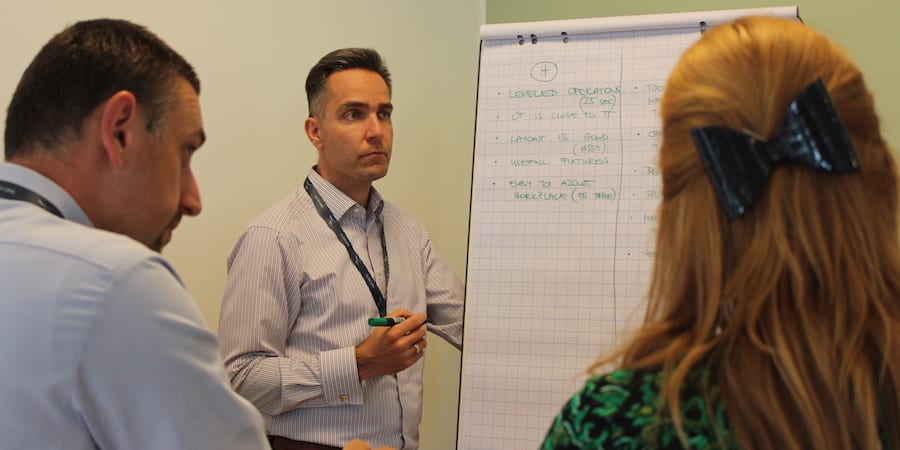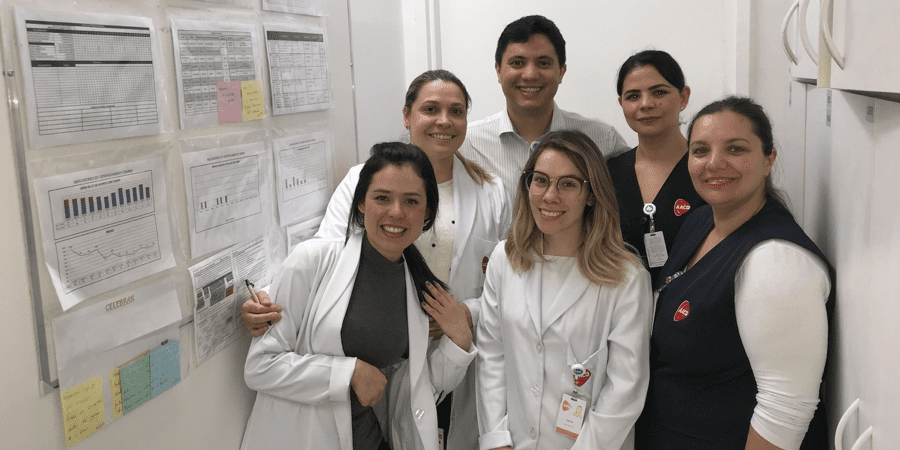
Closer to your customers is where you'll find success
OPINION – Look at today's disruptive companies and you'll see how all of them have understood that real innovation calls for close proximity to the customer, rather than for stubbornly taking cover in the comfort of the upstream.
Words: Boaz Tamir, President, Israel Lean Enterprise
Remember Napster, the peer-to-peer file sharing system that became all the rage at the turn of the millennium? More importantly, do you remember the failure of the music industry's all-out war against it? The tens of millions of dollars that record companies invested in legal battles were unable to stop the distribution of virtual content to hundreds of millions of people who were more than happy to download and use "stolen" files.
The Napster story was an early warning for the business world, a clear statement that trying to fight the customer is a pointless and hopeless endeavor. In the 16 years since Napster first appeared, we have learned that riding the wave is always better than trying to stop it. Initiatives like iTunes, Netflix or YouTube have shown that those who understand market trends and leverage this understanding were are not only to reinvent themselves but also to change the rules of the game. Research showed that Netflix's share of the peak download Internet traffic in North America has grown from 21% in 2010 to 37% in 2015, while in the same period the share of BitTorrent (a popular file sharing peer-to-peer service) went down 5%. Why worrying about downloading a movie illegally when you can stream one easily and legally, in high definition and for a very small monthly fee?
In a similar way – without any warning – disruption has reached a number of industries and changed their nature forever: cable TV, music, journalism, communications, mobile services, and tourism, to name but a few. Think of services like Whatsapp, Skype, Spotify or Airbnb. [We call it the "sharing economy" – a subject Jim Womack has discussed in one of his Yokoten columns.]
This revolution is unstoppable. The managers of cellular, communications, satellite and cable companies – just as an example – are learning this the hard way: they are helpless in the face of customer desertion, which began as a slow drip but has grown into a massive flow. The same is true for the managers of retail networks who for too long have taken advantage of their control over the channels of distribution of agricultural products to inflate prices and who are now finding that the produce seems to make its way to the customers through alternative routes.
The rise of the Napsters and Facebooks of this world, and the demise of the Tower Records' and the Blockbusters, is testament to a fundamentally different idea of what market management means.
FROM UPSTREAM TO DOWNSTREAM
Content creators, producers and suppliers have no way to control how their products are distributed anymore, nor can they protect, maintain and impose their creative rights on millions of users across the globe who find their content digitally. The basic question every person who has ever tried to market a product should ask him or herself – "What is the product that I am trying to market?" – has to change into "From whom do customers want to buy the product, and why?" followed by "How can we turn the purchase process into a seamless and user-friendly experience?"
The value stream flows like a river, from the source in the mountains to the mouth. Upstream, the idea is conceived and developed into a product, which then flows downstream towards the customer. Capital investment in infrastructure for product development is a process that normally focuses on the upstream, as do technological development, protection of patents and production rights, advertising, marketing and sales through traditional channels. All of this means "pushing" the product into the market. By contrast, strategically focusing capital investment on the downstream, where the customer is, means to understand the simplicity of "pull" and the reason behind a customer's decision to purchase a product. It results in designing a value package and improving the user experience and the accessibility to the distribution channels.
Our financial, business and managerial systems have traditionally focused on the upstream, while lean thinking teaches us to concentrate on directing resources downstream, where the value reaches the customer. Historically, business leaders have been evaluated based on their ability to control the upstream – development and production of innovative products and attempts to maintain long product life cycles in order to maximize profits – but the tide has now turned and any attempt to block the rise of the market disruptors is destined to fail miserably. Just ask the record labels.
What successful "platform companies" – Google, Amazon, Facebook, Netflix, Airbnb, LinkedIn and Uber – have in common is their ability to come up with a business model that is based on the downstream, where customer needs are and where value eventually touches the customer. Steve Jobs never composed a song or produced a movie, but he did focus on the downstream of the value chain by establishing a platform – iTunes – that has made music and video content readily available at a price that customers were willing to pay.
There is a transformation unfolding in all sectors of our economy – not just in the entertainment, communications and culture industries – and embracing this momentous change by moving downstream is the best chance organizations have to stay afloat. Stop fixating on swimming upstream like a salmon and go with the flow – it will take you right where you need to be. Closer to your customers.
THE AUTHOR

Read more


GETTING TO KNOW US – For our second interview with LGN directors, we travel to Hungary to meet the President of our affiliate institute there. He tells us his country’s need for good workers and how lean can make the difference.


CASE STUDY – Effectively deploying and executing your strategy requires mastering quick follow-ups at different levels of the organization – in other words, Daily Management.


CASE STUDY – The story of this NGO shows how visualizing the work enables improvement and removes barriers among teams. It is a first, fundamental step towards a lean transformation.


FEATURE – Using the Japanese tradition of daruma dolls as an example, the author explains how to turn continuous improvement into concrete challenges – and, from that, real competitive advantage.

